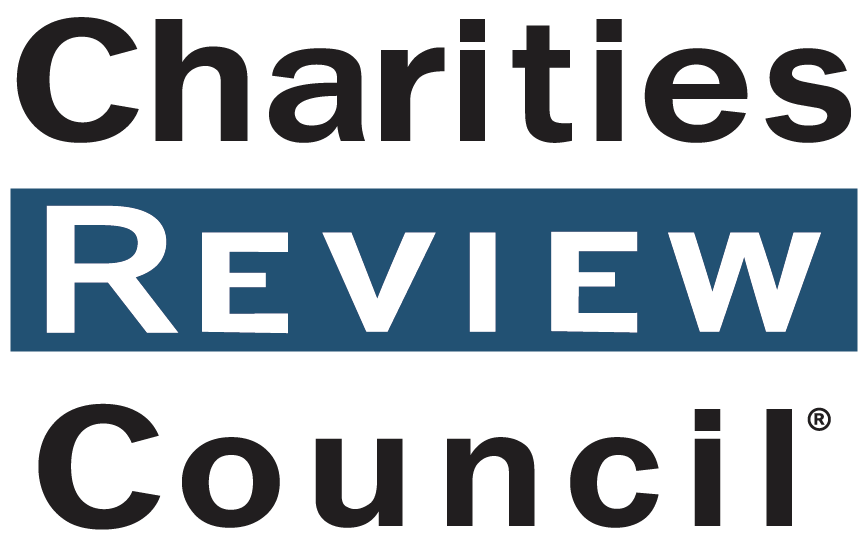This article was originally posted in the fall edition of the Smart Giver Newsletter, Charities Review Council’s biannual print publication for smart givers. To receive this free publication in your mailbox, click here.
Chances are you have a financial plan or outline that guides your household spending, but do you have a philanthropic (or charitable) giving plan?
While your personal budget may be organized, things can get a little hazy when it comes to philanthropic giving. Figuring out how to stay on budget and still have an impact, can be tricky. That’s why we’ve decided to share 5 easy-to-use tips for creating your very own philanthropic giving plan.
Think of philanthropic giving as falling into three buckets:
- Bucket 1: These are organizations you give your time, talent, and treasure to. Organizations whose values align with your own and whose mission you care deeply about. Beyond mission alignment, these are organizations with which you have an ongoing, engaged, and deeply invested relationship.
- Bucket 2: Gifts to these organizations are more transactional in nature. You care about the work these organizations do in the community, but you want to give to an array of organizations and causes, not just a select few.
- Bucket 3: Often, these donations have some kind of personal tie – maybe friends or family asked you to chip in, or maybe the organization’s co-hosting a special event with your company. Whatever the specifics, these are generally one-off donations that may not make a repeat performance in your budget.
Your giving plan should reflect your values and giving priorities. Maybe consistency and long-standing support for an organization you care about is most important to you, so you allocate more to Bucket 1. Or, maybe flexibility and variety are important to you, so Buckets 2 and 3 are your go-to giving strategies. Regardless, it’s important to…
1) Keep an open mind when thinking about how or what to give.
Giving doesn’t always mean money. “Don’t forget that your time and talent can be just as valuable if not more valuable in some cases, as monetary donations,” says Kris Kewitsch, Executive Director of Charities Review Council. Volunteering your time or donating services will not only beef up your giving plan, but will also strengthen your relationship with the organization, and deepen your impact overall.
2) Determine a giving budget that’s meaningful to you.
Some will give 10% of their yearly income, others can give more. Once you’ve set a dollar amount for the year, determine which of the three buckets (mentioned above) best describes your giving strategy. Maybe it’s a mix of all three. Whatever your strategy, establish a plan that’s meaningful to you.
3) Build in space for flexibility.
Forgetting to leave space in your budget to be as responsive as you want is an easy pitfall — but avoidable with a little planning. You can satisfy some of those Bucket 3 giving impulses by building in a little bit of flexibility!
4) Use our list of Meet Standards® nonprofits.
Find the perfect organization or update your knowledge about those you already support through our online database. Use the keyword function (e.g., “education,” or “food pantry”) to narrow your search.
5) Reach out.
Contact organizations of interest and make a call or send an email. Asking informing questions — about mission, leadership, programs, impact, and organizational needs – will help you decide where a nonprofit falls in your giving plan.
Equipped with these giving tips, you’re now ready to begin crafting your personalized giving plan–a plan that will shine a light on causes that mean the most to you. Happy planning!


